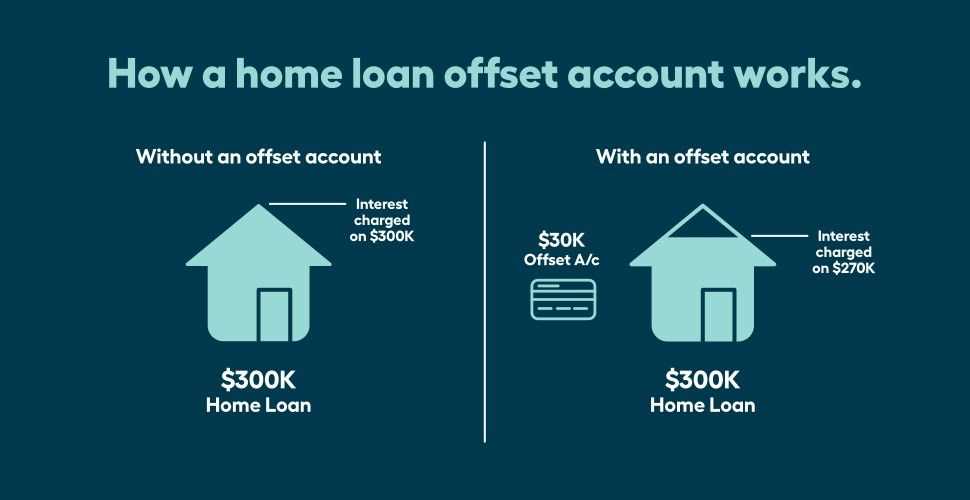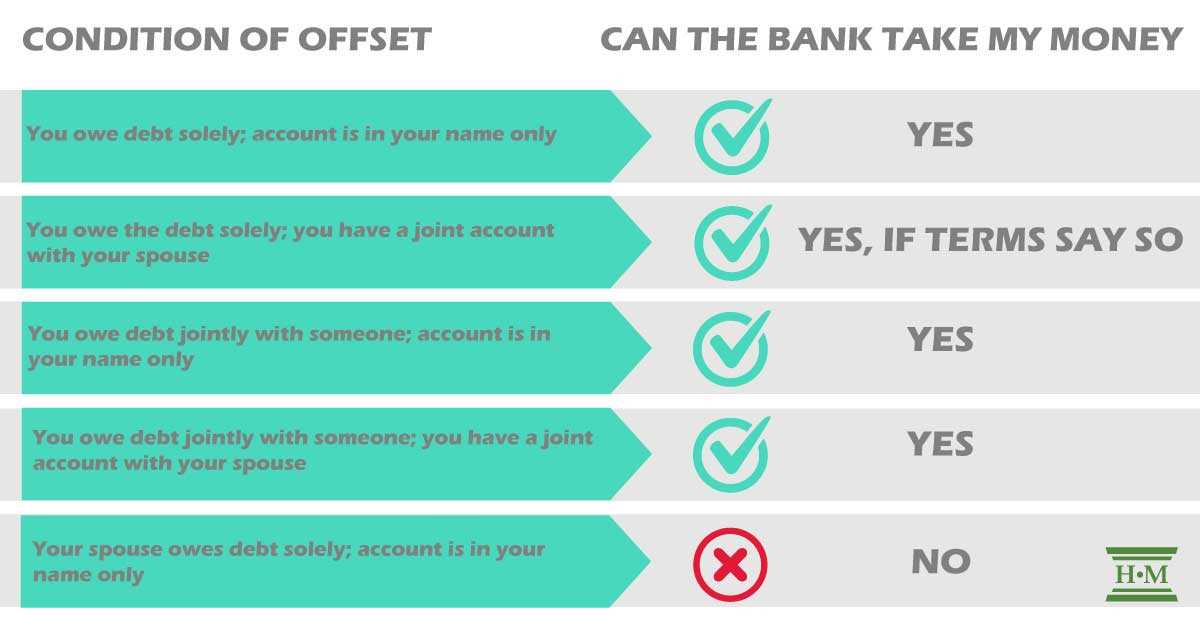What is an Offsetting Transaction?
An offsetting transaction is a financial transaction that is entered into to counterbalance or offset the effects of another transaction. It is commonly used in various financial markets, such as stocks, bonds, commodities, and currencies, to manage risk and protect against potential losses.
When an offsetting transaction is executed, it essentially neutralizes the impact of the original transaction, either partially or completely. This can be achieved through various strategies, such as taking an opposite position in the market or using derivative instruments.
Offsetting transactions are often used by investors and traders to hedge their positions and minimize potential losses. For example, if an investor holds a long position in a particular stock, they may enter into an offsetting transaction by taking a short position in the same stock or a related instrument. This way, if the stock price declines, the losses from the long position can be offset by the gains from the short position.
Mechanism of Offsetting Transactions
The mechanism of offsetting transactions depends on the specific market and instrument being traded. In general, it involves taking an opposite position to the original transaction in order to offset its potential impact.
For example, in the stock market, if an investor holds a long position in a particular stock, they can enter into an offsetting transaction by taking a short position in the same stock or a related instrument. This can be done through the use of options, futures contracts, or other derivative instruments.
In the currency market, offsetting transactions can be executed by taking opposite positions in different currency pairs. For instance, if an investor holds a long position in the EUR/USD currency pair, they can enter into an offsetting transaction by taking a short position in the USD/JPY currency pair.
Benefits of Offsetting Transactions
Offsetting transactions offer several benefits to investors and traders:
- Risk management: Offsetting transactions allow investors to manage their risk by hedging their positions. They can protect against potential losses and reduce the impact of market fluctuations.
- Profit potential: By entering into offsetting transactions, investors can also take advantage of market movements in both directions. They can profit from both rising and falling prices, depending on the positions they hold.
- Flexibility: Offsetting transactions provide investors with flexibility in managing their portfolios. They can adjust their positions as market conditions change and take advantage of new opportunities.
- Cost-effective: Offsetting transactions can be a cost-effective way to manage risk compared to other risk management strategies, such as buying insurance or diversifying investments.
Overall, offsetting transactions play a crucial role in financial markets by allowing investors and traders to manage risk, protect against losses, and take advantage of market opportunities. They provide a valuable tool for portfolio management and risk mitigation.
The Mechanism of Offsetting Transactions
An offsetting transaction is a financial transaction that involves the simultaneous buying and selling of assets or securities to neutralize or cancel out the risk associated with the original position. This mechanism is commonly used in trading and investing to manage risk and protect against potential losses.
When an investor or trader enters into a position, there is always a certain level of risk involved. The value of the assets or securities can fluctuate due to various factors such as market conditions, economic events, or company-specific news. To mitigate this risk, offsetting transactions are employed.
How does it work?
The mechanism of offsetting transactions involves taking an opposite position to the original one. For example, if an investor holds a long position in a particular stock, they may decide to enter into a short position in the same stock or a related security. By doing so, any potential gains or losses from the original position will be offset by the opposite position.
This strategy allows investors to hedge their bets and protect their portfolios from adverse market movements. If the value of the original position decreases, the opposite position will increase in value, effectively canceling out the losses. Conversely, if the original position gains value, the opposite position will decrease in value, but the overall impact on the portfolio will be minimized.
Types of offsetting transactions
There are several types of offsetting transactions that can be used depending on the specific needs and goals of the investor or trader:
- Pair trading: This involves taking long and short positions in two related securities, such as two stocks from the same industry. The goal is to profit from the relative performance of the two securities, rather than the overall market.
- Options trading: Options provide the right, but not the obligation, to buy or sell an underlying asset at a predetermined price within a specified period. By buying both a call option and a put option on the same underlying asset, investors can create an offsetting position to protect against potential losses.
- Futures contracts: Futures contracts are agreements to buy or sell an asset at a predetermined price on a future date. By taking opposite positions in futures contracts, investors can offset the risk associated with their original position.
Overall, the mechanism of offsetting transactions provides investors and traders with a valuable tool to manage risk and protect their portfolios. By taking opposite positions, they can effectively neutralize the potential losses from their original positions and minimize the impact of adverse market movements.
Benefits of Offsetting Transactions
Risk Management

One of the main benefits of offsetting transactions is their ability to manage risk. By engaging in offsetting transactions, traders can hedge their positions and protect themselves against potential losses. For example, if a trader holds a long position in a particular stock, they can enter into an offsetting transaction by taking a short position in the same stock. This allows them to mitigate the risk of a decline in the stock’s value.
Offsetting transactions also provide traders with the flexibility to adjust their positions based on market conditions. If a trader believes that the market is going to experience a downturn, they can offset their existing positions by taking opposite positions in different assets. This helps them diversify their portfolio and minimize the impact of market fluctuations.
Cost Efficiency

Offsetting transactions can also be cost-efficient for traders. Instead of closing out a position and incurring transaction costs, traders can offset their positions by entering into opposite transactions. This eliminates the need for multiple transactions and reduces trading costs.
Furthermore, offsetting transactions can help traders optimize their use of capital. Instead of tying up capital in one position, traders can use the proceeds from an offsetting transaction to enter into new positions. This allows them to make efficient use of their capital and potentially generate higher returns.
Tax Benefits
Offsetting transactions can also have tax benefits for traders. In some jurisdictions, losses incurred from offsetting transactions can be used to offset gains from other transactions, reducing the overall tax liability. This can result in significant tax savings for traders.
However, it is important for traders to consult with a tax professional to understand the specific tax rules and regulations in their jurisdiction and ensure compliance with applicable tax laws.
Real-life Examples of Offsetting Transactions
Offsetting transactions are commonly used in various industries and financial markets to manage risk, hedge positions, and optimize financial outcomes. Here are some real-life examples of how offsetting transactions are applied:
1. Foreign Exchange Market
In the foreign exchange market, offsetting transactions are used to mitigate currency risk. For example, a company that imports goods from another country may enter into a forward contract to buy a specific amount of foreign currency at a predetermined exchange rate. At the same time, the company may enter into another forward contract to sell the same amount of foreign currency at a different exchange rate. By doing so, the company offsets its exposure to currency fluctuations, ensuring a fixed exchange rate for its imports.
2. Commodity Trading
In commodity trading, offsetting transactions are commonly used to hedge against price volatility. For instance, a farmer who grows corn may enter into a futures contract to sell a certain amount of corn at a specific price. At the same time, the farmer may also enter into a futures contract to buy the same amount of corn at a different price. By doing so, the farmer offsets the risk of price fluctuations, ensuring a stable income regardless of market conditions.
3. Options Trading
4. Energy Markets
In energy markets, offsetting transactions are used to manage price risk. For instance, a utility company that relies on natural gas for electricity generation may enter into a swap agreement to receive a fixed price for natural gas while simultaneously entering into another swap agreement to pay a floating price for natural gas. By doing so, the utility company offsets its exposure to fluctuations in natural gas prices, ensuring stable costs for electricity production.
These are just a few examples of how offsetting transactions are applied in real-life scenarios. The flexibility and versatility of offsetting transactions make them a valuable tool for managing risk and optimizing financial outcomes in various industries and markets.

Emily Bibb simplifies finance through bestselling books and articles, bridging complex concepts for everyday understanding. Engaging audiences via social media, she shares insights for financial success. Active in seminars and philanthropy, Bibb aims to create a more financially informed society, driven by her passion for empowering others.
